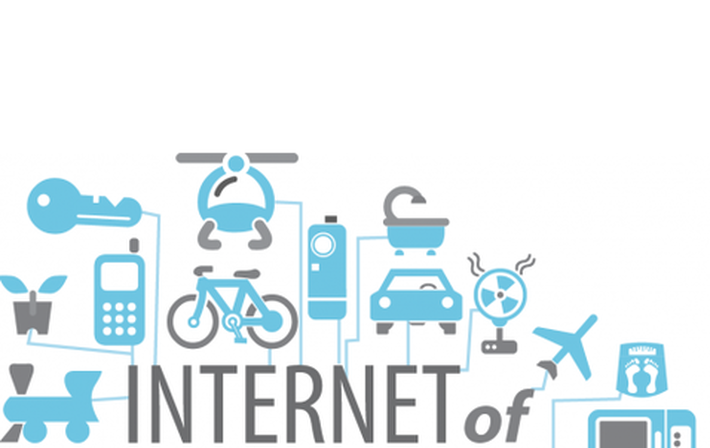
Published on 11/07/2016 | Technology
The availability of products to analyze streaming data in real-time has made IoT a hotbed of activity both in the consumer and the enterprise space. This has led to the arrival of thousands of new vendors that offer solutions targeting a variety of IoT use cases. Though, several of these solutions will work without requiring integration with other systems, several more will require products from multiple vendors working together, in harmony, to build an IoT solution. Hence it is important to understand the building blocks of an IoT solution.
Just like any other project, the first step is to define the objectives. This will clearly describe the problem that IoT will solve and the associated benefits. An example of an objective is - reduce supply chain costs by 2% across all warehouses.
IoT is all about transmitting data by sensing the state of a specific object. This state is sensed by deploying sensors that vary by type. The types are based on different sensing parameters like pressure, weight, temperature, etc. The project also needs to determine the location and the number of sensors required for the project. The location is determined by understanding where the sensors need to be deployed to gather the required information. As an example, for tracking inventory, the sensors can be deployed on each individual unit or they can be deployed on a pallet that uses a single sensor to monitor the weight of the pallet and track inventory. Determining the location of the sensors will also lead to the total count required.
This is an often overlooked building block as organizations assume that data can be transmitted since they are on the internet and also support private ethernet network. But this can get tricky if the sensors use a proprietary protocol for transmitting data or have other limitations like using only a wired internet connection.
A data gateway is responsible for accepting data from all the sources i.e. the sensors and routing that data to the software solution for analysis. The gateway is also used in situations when the software solution can send inputs to the sensors to update their configuration (or some other reason). In some cases, the gateway also filters, aggregates or cleanses the incoming data.
This is the software building block that gets the data from all the sensors via the data gateway and analyzes the data in real-time. The software is deployed in a public or a private cloud environment and analyzes the data based on user-defined rules. Data is correlated from multiple types of sources, not just streaming but also data at rest, to analyze the data and product accurate insights.
6. Actionable Insights
Insights produced after data analysis need to be actionable for the IoT solution to be effective. This could include alerts sent to someone's mobile device to take immediate action or integrating with another application to trigger an operation based on the insight. This also includes a message sent back to the data gateway to change settings for one or more sensors.
7. Storage & Archival
Real-time data generation by IoT solutions leads to a lot of data in a short period of time. Hence any IoT solution is not complete without having a storage & archival strategy as one of the building blocks. Some IoT solutions filter out the signal from the noise and store only the signal. A few keep all their data and then, there are others who keep the data for the minimum duration required by the law. The bottom line is, except for the legal regulation, there is no standard approach that will work for everyone. The key thing to keep is mind is to maintain the SLA otherwise building an IoT solution will not be effective. If the time to analyze data is taking longer then either more processing power is required or the data set should be reduced in size by archiving the older data.
The other aspects to consider are the available network bandwidth and the power consumption required for supporting data generation.
The good news is that there are vendors who offer all these building blocks as part of a single solution and make it easier to start accruing benefits from IoT.
Have you deployed an IoT solution? If yes, please share your experience related to the building blocks for your solution.
This article was originally posted on LinkedIn.